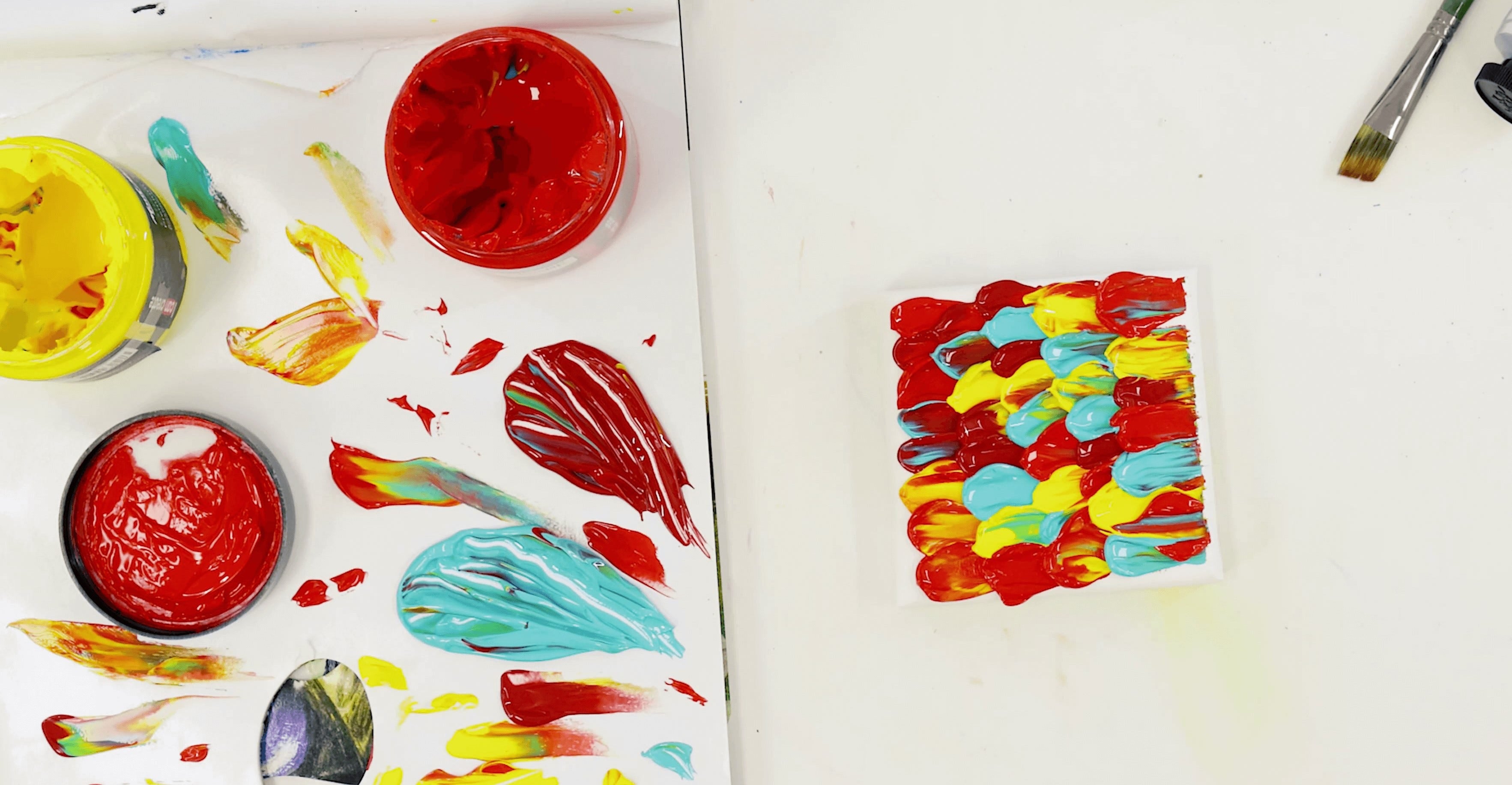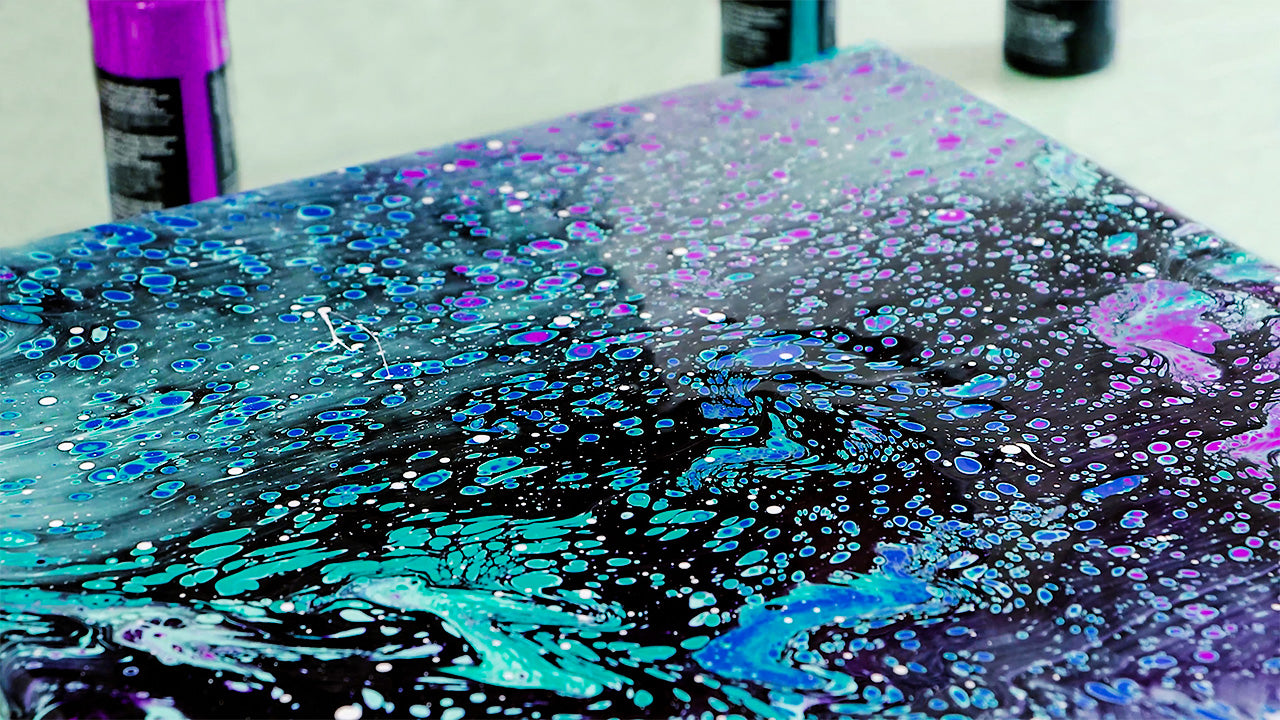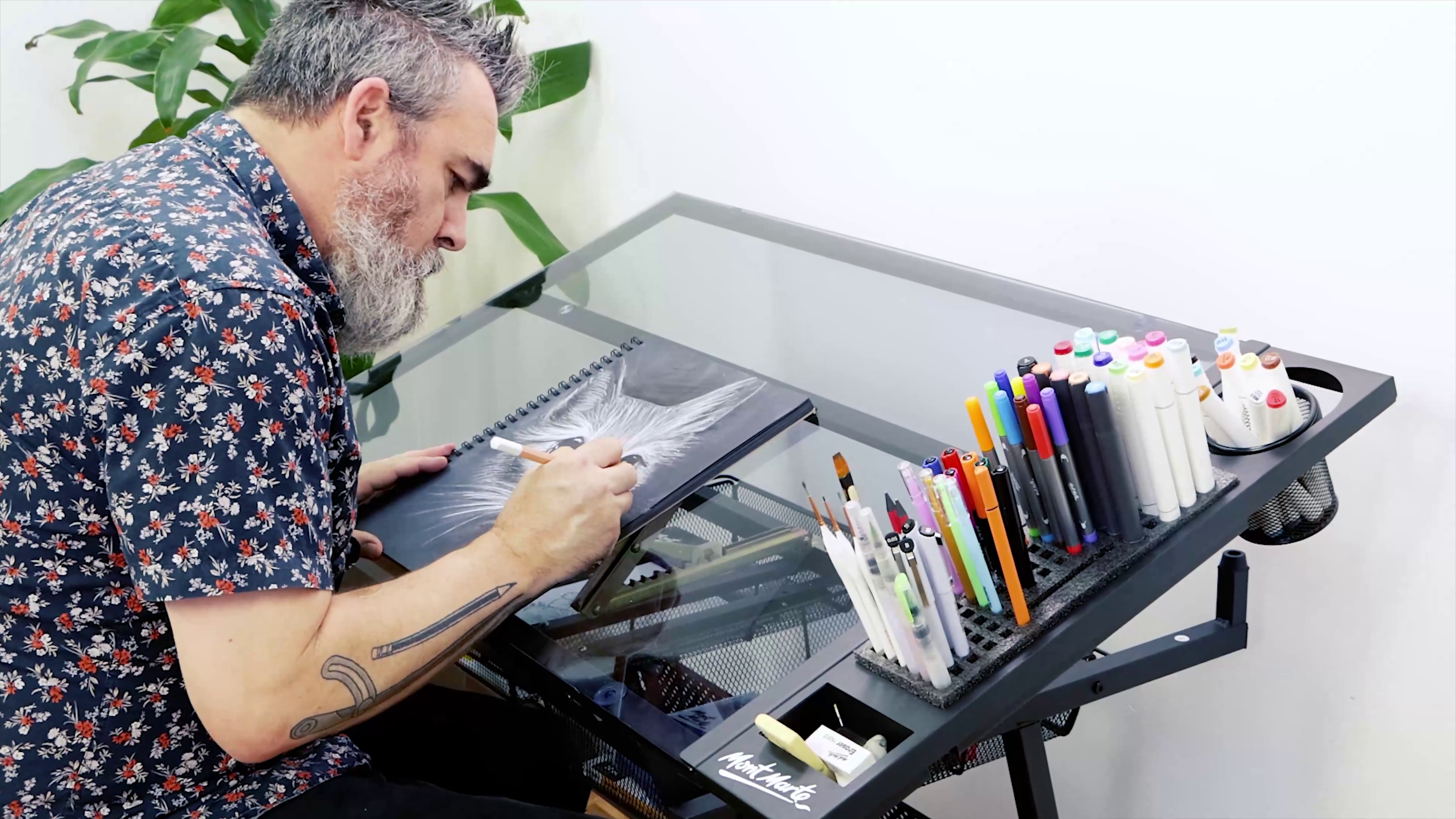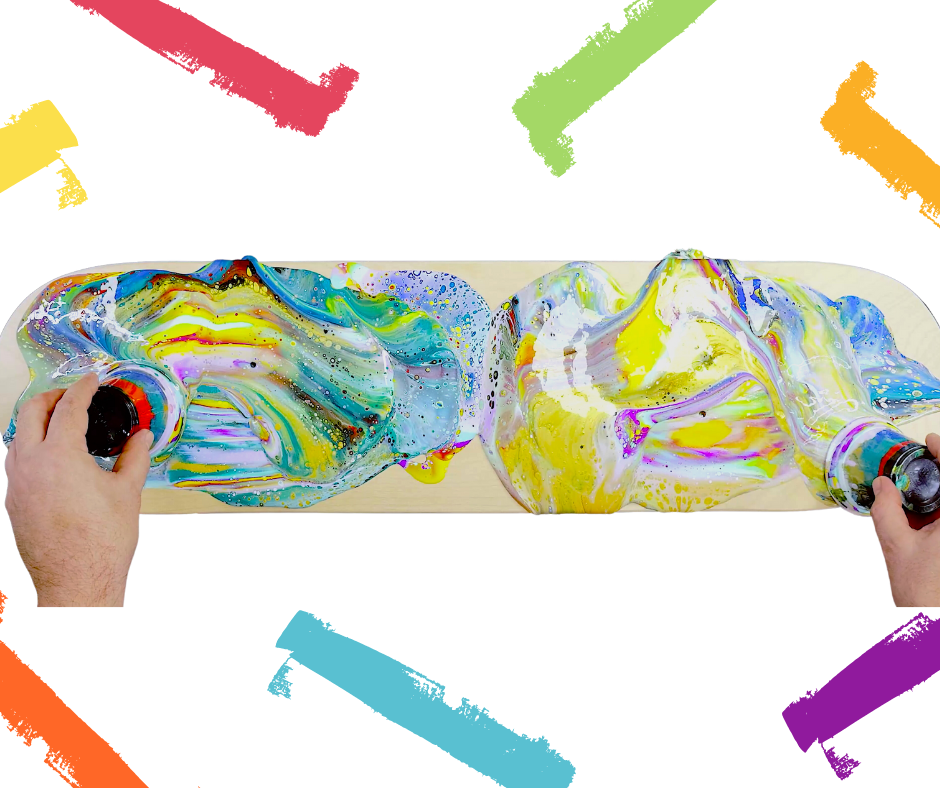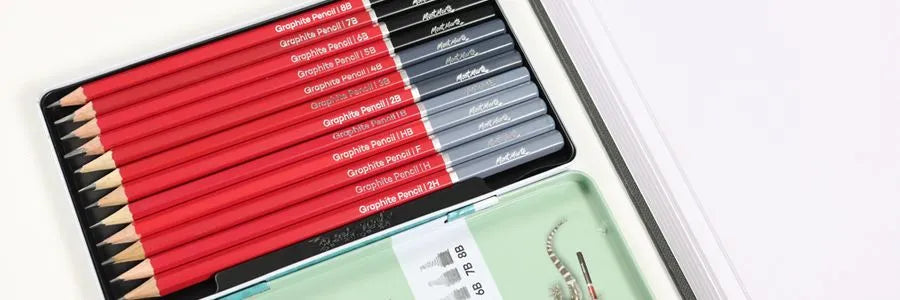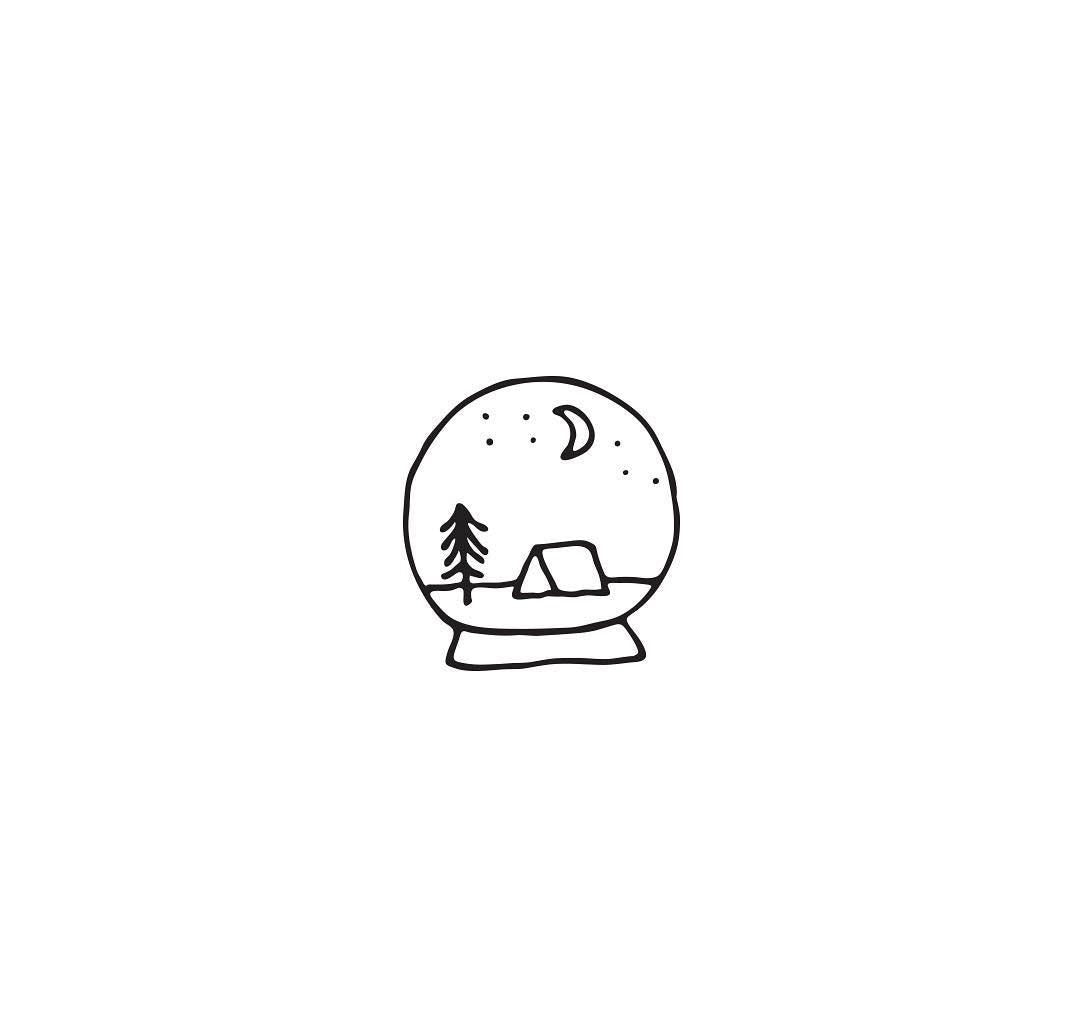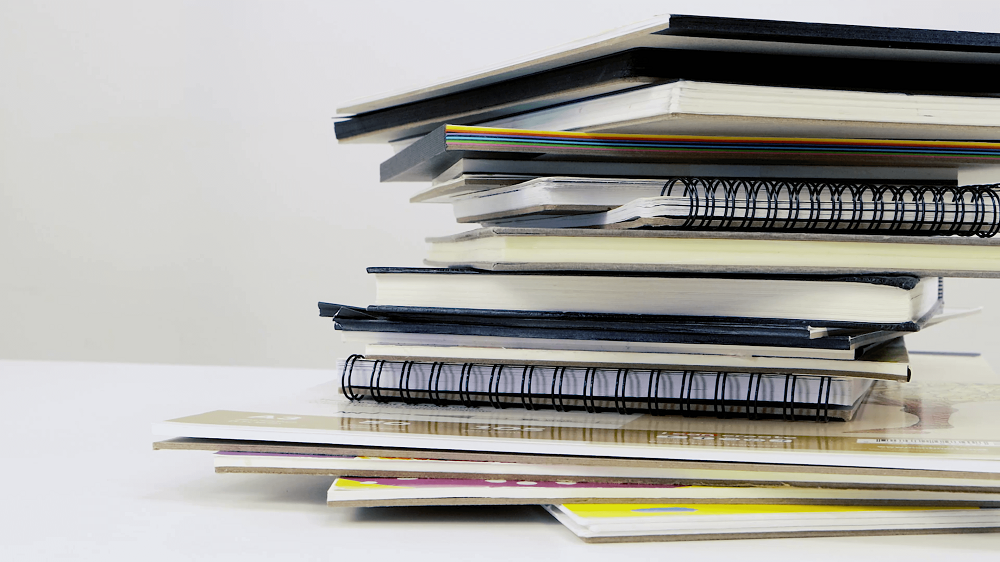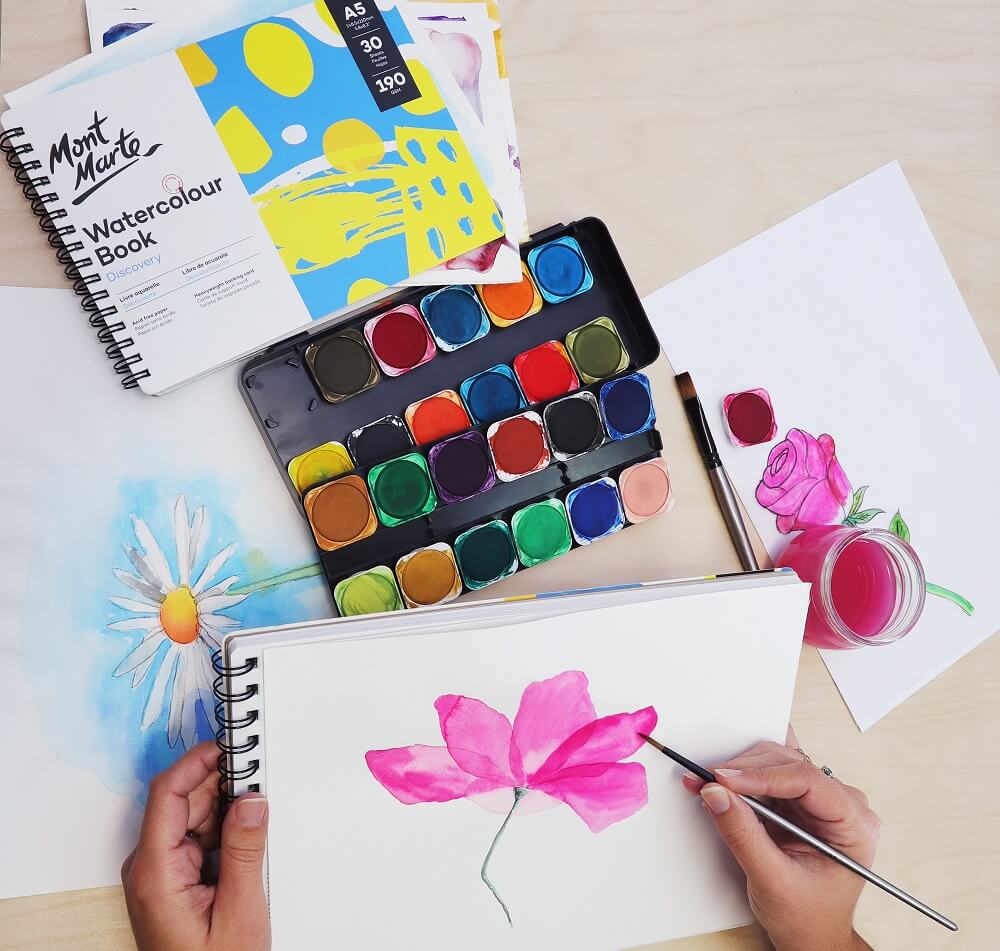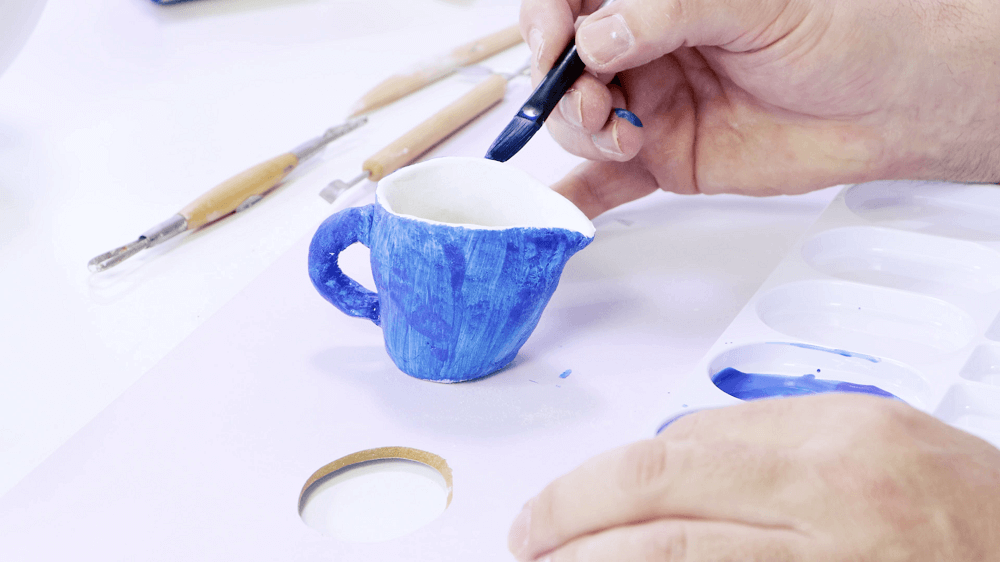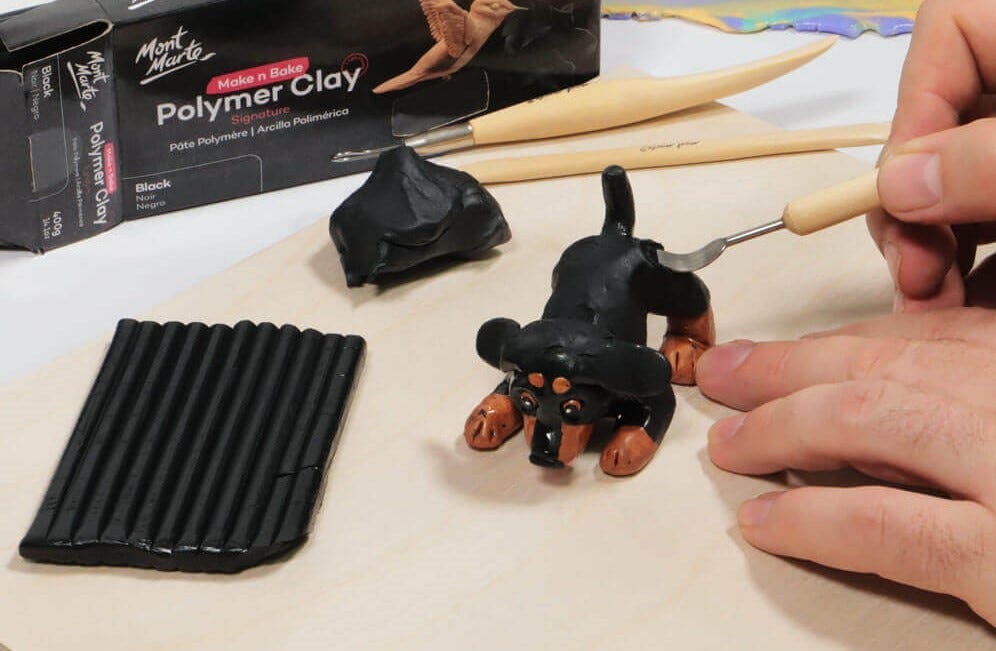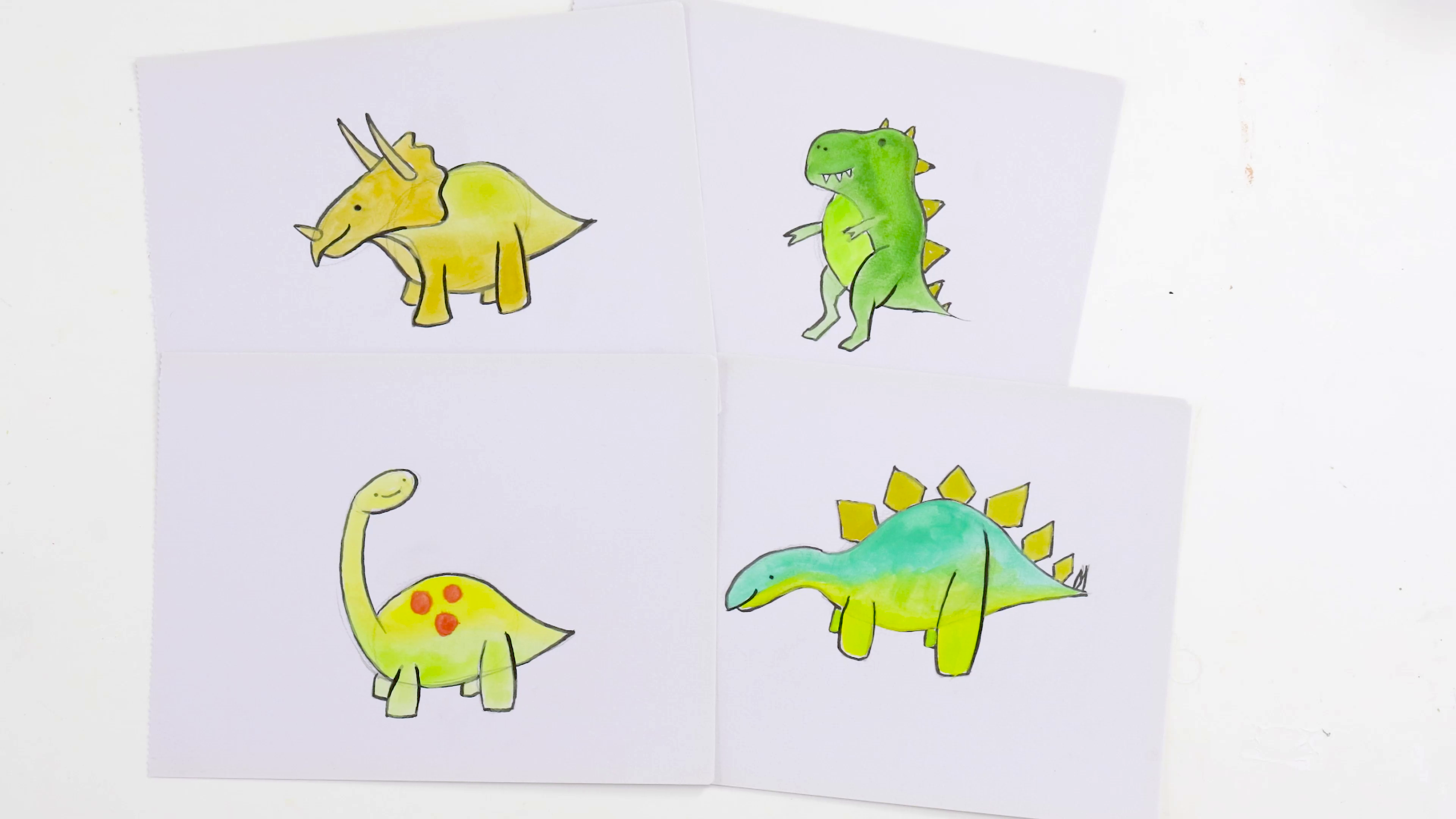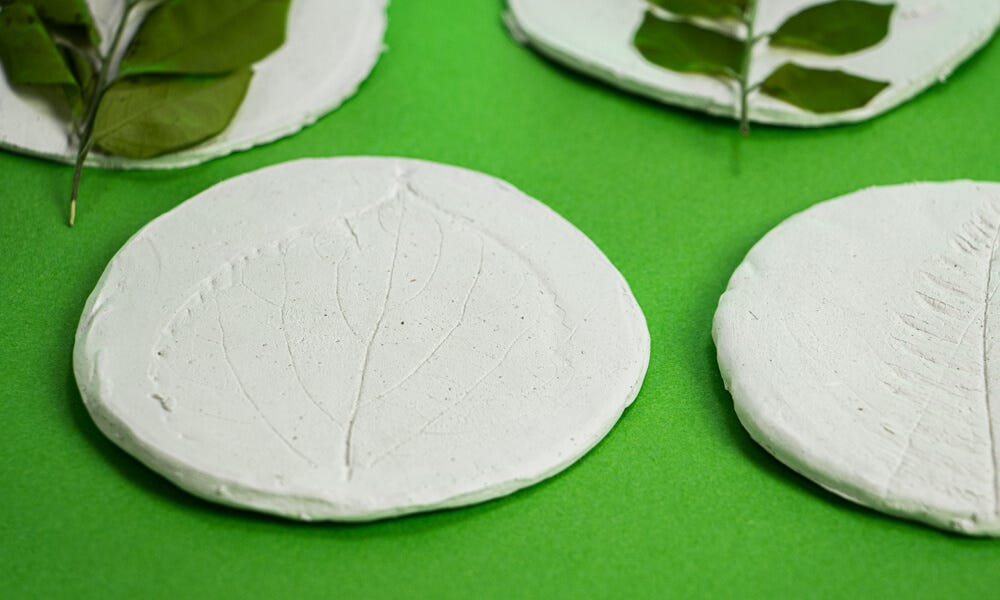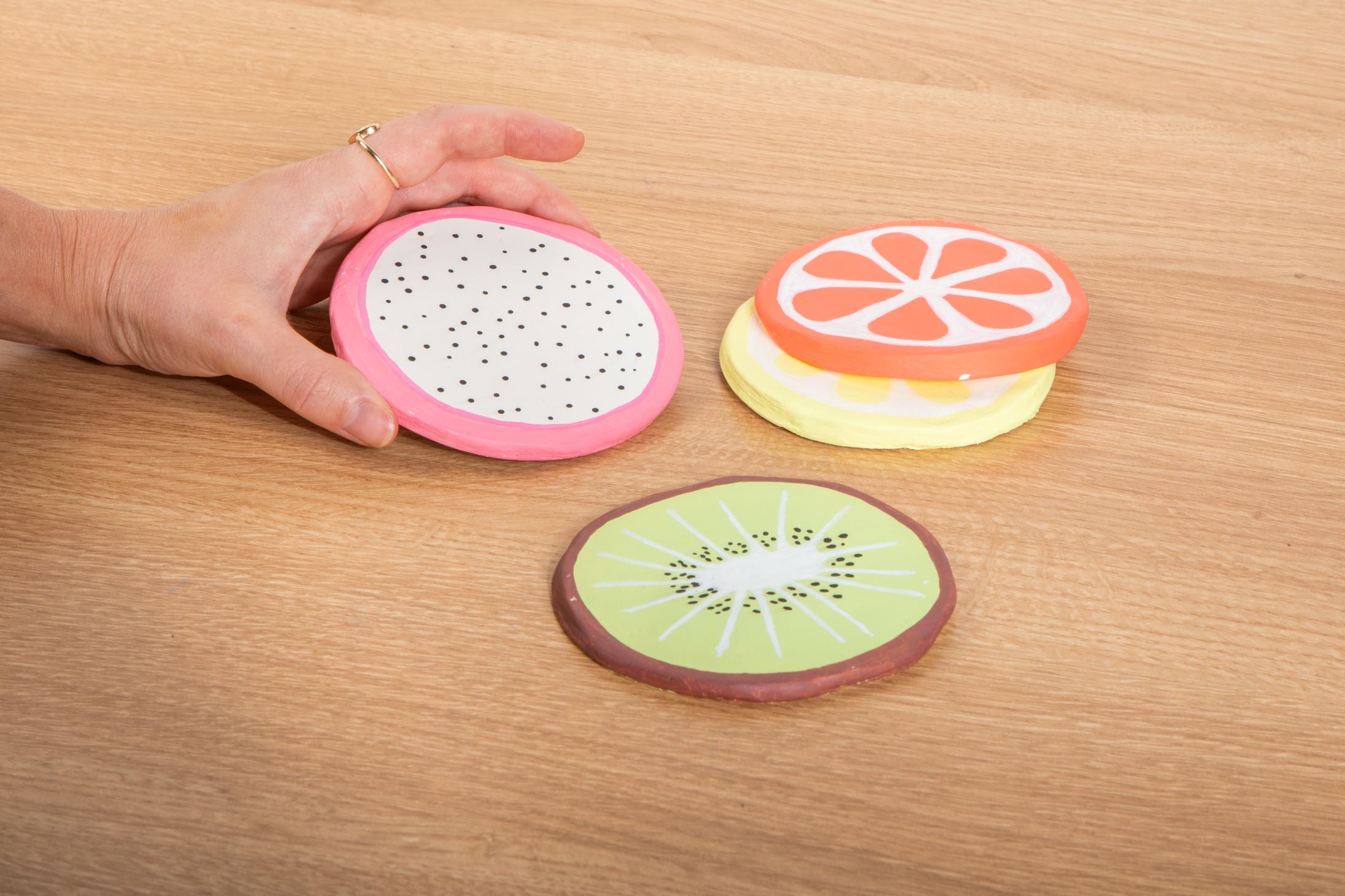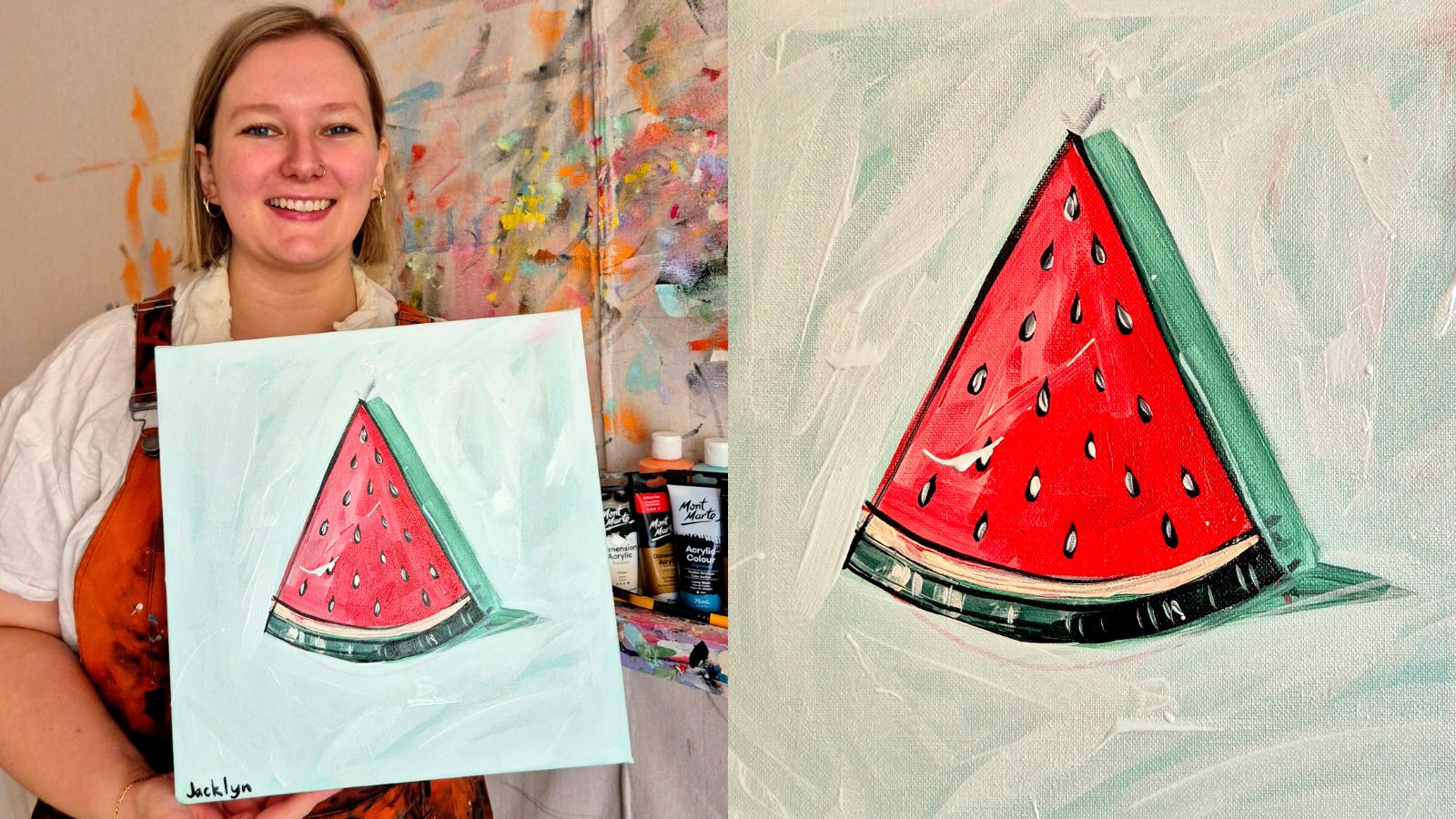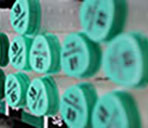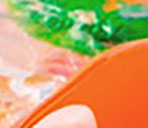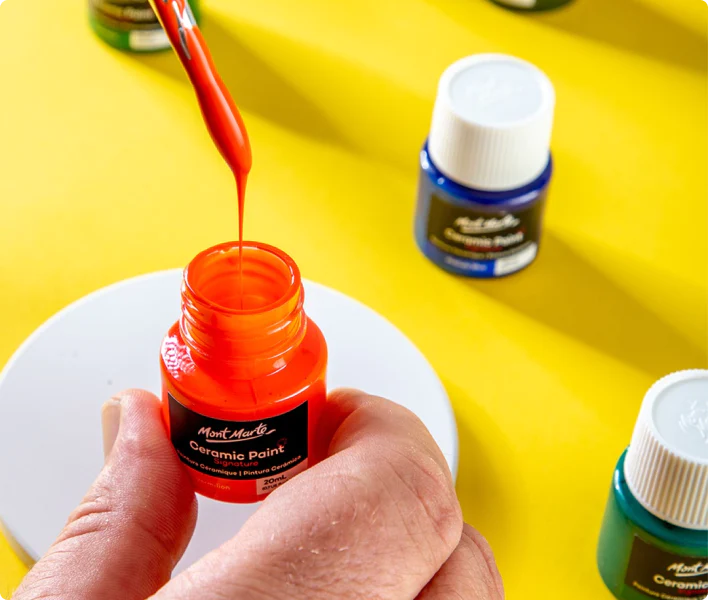Create a pterosaur sculpture in polymer clay part 1
Create a Pterosaur sculpture out of polymer clay with our step by step tutorial! Follow along as we show you how to plan, build and add detail to your prehistoric creature.
Step 1. Building the armature.
The first step involves building an armature. Refer to the image on page 9 in the PDF and follow these steps.
1) Cut out the fixing template and tape it onto the middle of a traditional wooden palette. Drill the marked holes with a 3/16 drill bit.
2) Place a 3/16 Booker rod through a hole and fix it with a washer, spring washer and nut on both sides of the palette. Measure the cut off point from the armature guide, transfer this measurement onto the rod and use a pair of pliers to snap it off at the correct point. Repeat these steps for the existing 3 rods.
3) Cut and straighten a coat hanger. Refer to the armature guide and use some pliers to cut and bend the shape of the rear legs. Use Sellotape to attach the wire shapes onto rods 3 and 4. Bind the wire onto the booker rods with tie wire. Tie it of at the bottom and snip off the excess tie wire. Repeat the process to create the front legs but take into account that they are bigger and the shoulders sit at an angle and don’t cut off the wire after it is tied off at the bottom. Instead trim it to a length of 14 cms.
4) Cut another wire coat hanger and create the spine and connect it onto the legs with tie wire.
5) Cut a length for the head and twist it onto the spine.
6) Reinforce the armature by twisting wire around the armature then cut the neck at the appropriate length.
7) Use alfoil to bulk out the body. Keep the clay about 6mms from where the limit of the clay will lie. Wrap Sellotape around the alfoil so its tight and immovable.
Step 2. First layer
Refer to the outline image on page 8 for this step. Use a Mont Marte Clay Press and extrude 2 layers of clay on setting 1. Lay the flattened sheet over the armature. Bring the edges together and cut off the excess. Blend the edges together so the join is not apparent. Follow the same step for the legs. Use a hobby knife with a straight blade to whittle the clay so the legs are a uniform thickness. Add some fashioned clay to suggest the thigh muscles and blend them into the body. Pack the clay in behind the thigh area and smooth it into the belly.
Add a piece of clay to suggest the pelvic area on the rear of the body and smooth it in. Whittle the tail so the shape matches that on the outline image. Next add the knee caps and muscles in the legs. Pack clay around the head and smooth it off. Wrap the sheet of clay around the top of the head between the 2 highest parts of the armature and squeeze it so it is about 4 mm thick. Blend this into the head. This will be the Pterosaur’s crest.
Trim the crest to shape. Use the needle tool to create a series of lines emitting from the head in a fan shape. While you have the needle tool create a series of lines on the body to suggest a fine coat of fur. Take the fur from the neck to the top of the shoulders.
Pre heat a household oven to 125 degrees C (250 degrees F). Place the sculpture on the bottom shelf. And bake the sculpture for 1 hour.
Once the baking is finished turn the oven off and open the door. Don't remove the sculpture until it is totally cooled.
Step 3. The wing and patagium membranes
Main Wings: Extrude two layers of clay on setting 2. Lay the clay sheet out and cut it into a rectangle. Cut it in half and join the clay. Roll it smooth so the join is not visible. Place the sheet between the legs and lightly profile the area to cut with a hobby knife. Remove the sheet and place it on the cutting board and cut it to the shape. Place the sheet back in between the legs and press the wet clay onto the legs. Roll the edge where the wing meets the leg so the join is not apparent. Repeat the same process for the other wing.
The end of the wing that folds up is called the phalange. To create this, roll a tapered tube the length of the excess length emitting from the base of the front legs. Use a scrap piece of tie wire and thread it up the centre of the tube. Pull it out and thread it onto the wire connected to the base and smooth it onto the leg (at the base). Take another sheet extruded to setting 2 and attach it up the phalange. Smooth it on with a stiff bristled brush and then cut it to size with a hobby knife. Join the two wing parts and smooth them so the join is not apparent. Repeat the process for the other wing.
Patagiums: Many pterosaurs had membranes from the shoulder to the wrist and the coxis to the ankle. Handle these in the same way as the wing membranes.
Step 4 . Feet
Quetzalcoatlus had 4 digits on each rear leg and 3 digits on each one of the front legs.
Begin with the rear foot and create a wedge shape. Press this onto the base of the rear leg and cut the shape into 4 equal sized ribbons. Fashion each ribbon into a tube and taper it toward the end. Lightly mark a line where the joint would connect under the skin.
To create the talons, cut the tip off each tube and vertically flatten the tip and reconnect it. Repeat this process for the other digits.
The digits on the front foot sit at a slightly splayed out angle. The best way to create these is to fashion three tapered tubes and press them together and connect them to the base of the front leg. Follow the same steps as were taken with the rear digits but ensure that they splay outwards.
Step 5 Head
Quetzalcoatlus had a head that was long but quite slender and a beak very similar to that of a modern day stork.
Begin by packing up the head with clay so that it resembles a rectangle. Reference the outline image and ensure you have enough clay to cover the area.
To shape the head, first use a hobby knife to cut away the bottom of the head then cut away the top of the head. Refer to the top view and cut the sides away. Use the round tool to smooth off any rough areas.
Now the head is shaped and smoothed you can follow the steps below to detail the head:
1) Create a line along the head where the upper and lower mandibles join. Use a ruler and the needle tool for this.
2) Locate the eye placement by creating a small indentation. Refer to the plans as this position is quite far back and is important for the other elements to be situated correctly.
3) Mark in the oblong shaped nasal patch. Create an indentation for the nostril under the eye and create a hollow for the orbital cavity.
4) Excavate the nasal patch to a depth of about 2 mm with the flat blade in the hobby knife and smooth it out. Use the fork tool to create a texture in the nasal patch and then create a small indentation to suggest a nostril.
5) Create a small oval ball and place it into the orbital cavity, use the needle tool to create 4 eye lids, press the end of a small paint brush between the eyelids, create a smaller ball and place it into the cavity .
6) Create a triangular shape. Connect this under the beak and to the neck. Smooth this on and cut the shape so it is slightly concaved from the side.
Material List
- Make n Bake Polymer Clay Signature 400g (14.1oz) - Beige
- Traditional Wood Palette Signature 30 x 38cm (11.8 x 14.9in)
- Mini Modelling Tools Signature 10pc
- Clay Tool Set Signature 11pce
- Double Thick Canvas Premium 91.4 x 121.8cm (36 x 48in)


